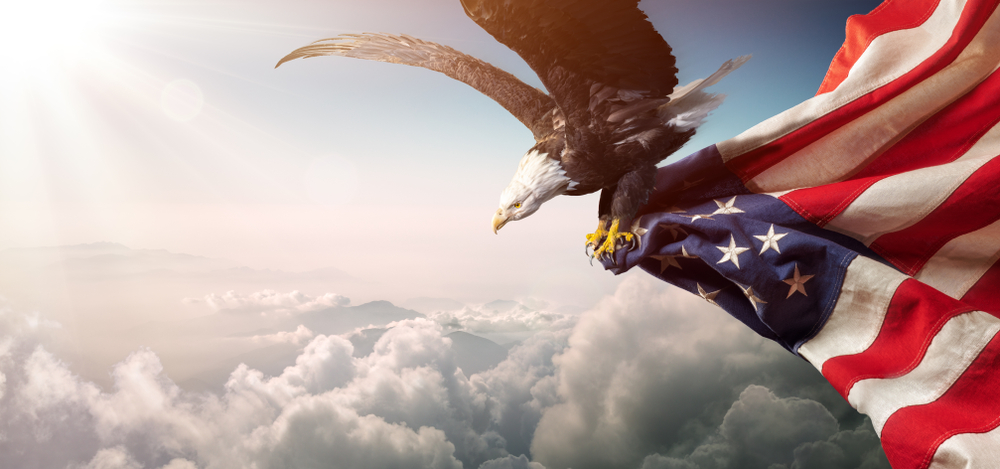
15 Fascinating Bird Facts That Will Amaze You
I have always been captivated by the enchanting world of birds. They are the true masters of the air, embodying the essence of freedom itself. using their wings as their compass, they explore unreachable heights and perform breathtaking aerial acrobatics. From safeguarding their territories to foraging for sustenance, every flight is a challenge that is embraced. Joining the ranks of aspiring aviators, new cadets flock together, each one eagerly yearning to spread their wings and soar.
Some birds seem to take to wing as soon as they emerge. Common quails in Europe, scrape out their living by gathering seeds, leaves, and bugs. Their young ones grow at a rate of knots. They learn from their mother what to eat and what not to eat. Even though they are best suited for a life on the ground, running and hiding from danger, it will be around 11 days before they are ready to take flight, which is good in case of emergencies like evading predators.
Bird species have their own migratory routes and cross thousands of miles over treacherous terrains and seas. They overcome the wrath of mother nature and reach their destination. They are resilient species and
The Science Behind Bird Migration
Migrating birds use a variety of methods to determine their route. The science behind it is a complex one. They have an internal clock that tells them when to migrate and which way to go. They also store up energy reserves by eating a lot before migrating. Birds migrate in flocks since it is energy-efficient, hence the reason they fly in a V-formation. They have a keen sense of hearing to detect changes in the air or water which allows them to avoid storms and find food. Also, different species of birds migrate at different times and at different speeds to maximize their survival by getting food. Migration is an incredible feat and understanding it allows us greater insight.
Breeding
For the most part, bird migration and breeding cycles are very intertwined. Several species migrate to find ideal breeding grounds, which are closely correlated with the there food. Some birds stay in the same area all year, while some migrate to take advantage of better climates and food sources. However, not all species migrate for breeding purposes.
The Resplendent Quetzal
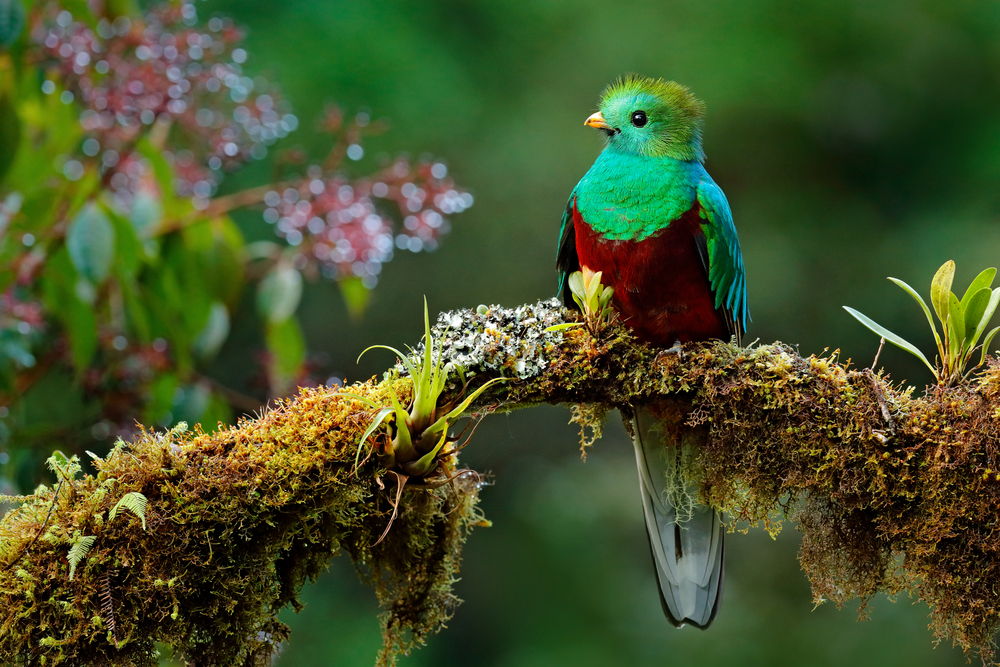
The Resplendent Quetzal is a stunning bird that is found in the cloud forests of Central America and migrates for the purpose of breeding. It has brilliant color and becomes more vibrant during the months of April and May to attract mates. These birds have cultural significance and is deeply rooted in the Maya, Aztec, and Toltec mythology. The conservation efforts for this species are ongoing.
The American Bald Eagle

I have always been amazed by the American Bald Eagle. I remember seeing one for the first time and was just mesmerized by the sheer beauty and brute strength. It is the symbol of strength in the United States. They can fly as high as 10,000 feet and have complex migration patterns. Their feeding habits and nesting behavior varies with location. They have been protected under the Bald and Golden Eagle Protection Act since 1940.
The African Grey Parrot
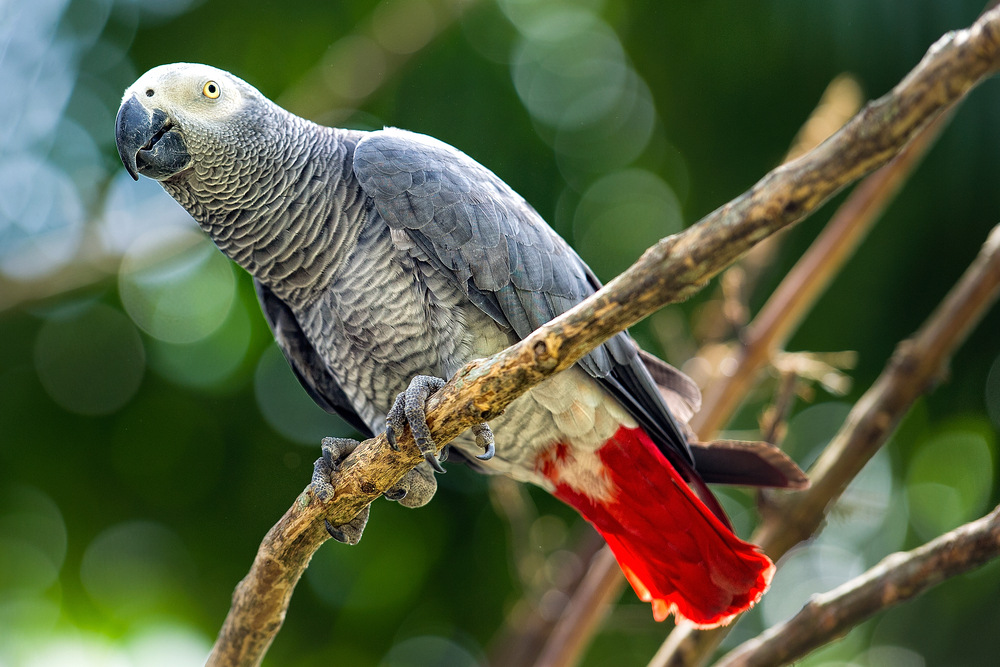
The African Grey Parrot can mimic people and other noises. They pick up words and phrases and are very social. They enjoy consuming nuts, fruits, and seeds. It is saddening, however,to see the danger they are facing from deforestation and poaching!
The Indian Peafowl

The Indian Peafowl is native to India. The male is recognizable because of its long tail and vivid colors. The bird uses its feathers for display when courting mates. It eats a variety of insects, fruits, and grains. Their natural habitats are being destroyed, and conservation efforts have become increasingly important in order to protect these birds.
The Superb Lyrebird
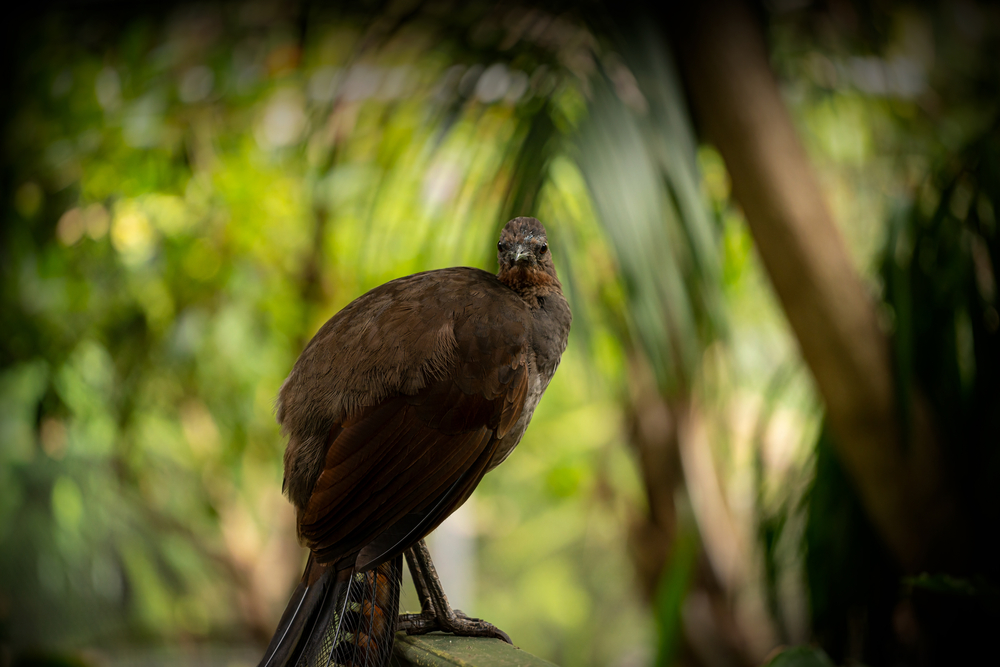
The Superb Lyrebird mimicry skills of this Australian songbird are remarkable. They imitate the sounds of other birds and animals. Their mating ritual is very elaborate which includes a complex array of movements and vocalizations. They have a Unique tail feather designed in displaying courtship behaviors. Their diet consists of insects and other invertebrates. Due to predation by cats and habitat destruction, the species’ population has decreased. Efforts are being made by conservationists to protect this unique bird.
The Anna’s Hummingbird
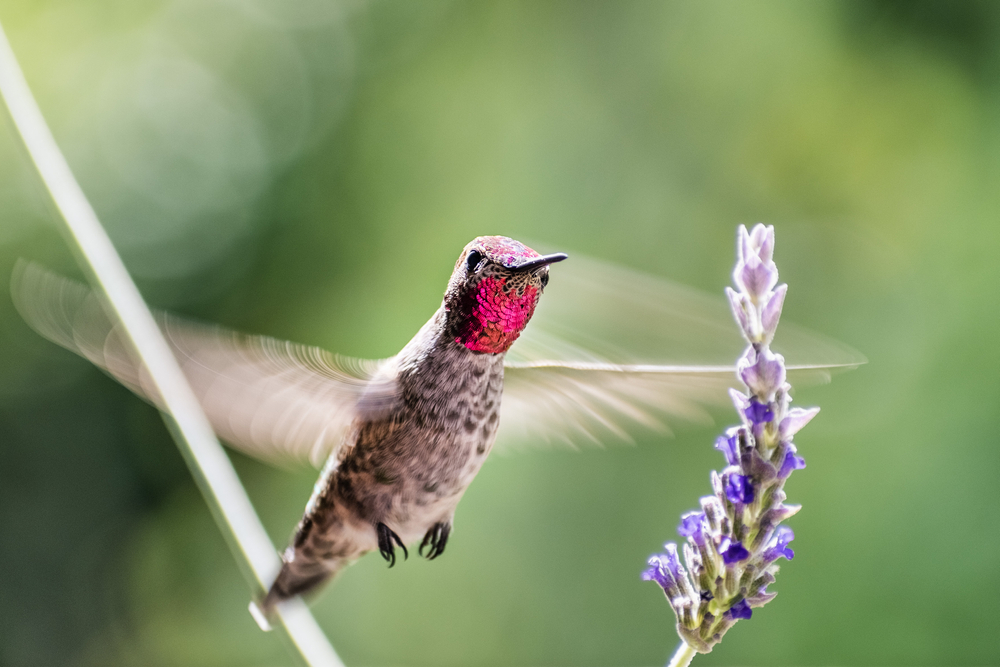
Anna’s Hummingbird is a small bird that is native to western North America. They live in open woodlands. They are known to be territorial and use their wings to chase away intruders. Their source of food is nectars from flowers. They have fast metabolic rates and their wings can beat up to 50 times per second! Hummingbirds aid in Pollination and are crucial for the ecosystem.
The Atlantic Puffin
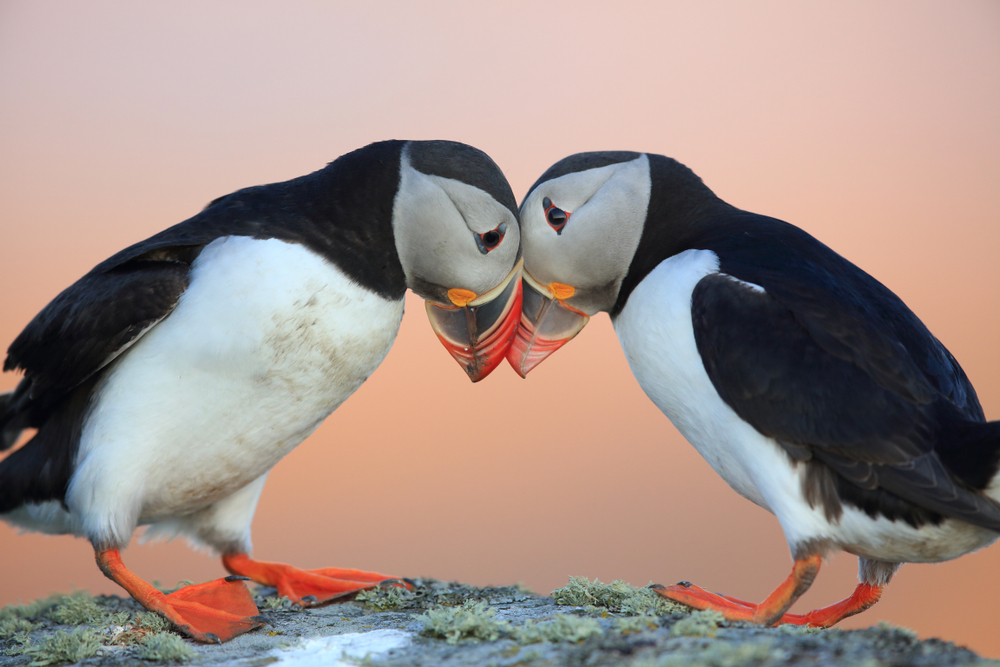
The Atlantic Puffin is a sea bird found mainly in the North Atlantic Ocean. They have black and white feathers, bright orange legs, and a colorful bill. They feed on small fish, crustaceans, and mollusks. They are mostly located on islands and coastal areas. They mate for life and both parents take turns to incubate their eggs. The Atlantic Puffins are facing challenges from climate change and plastic pollution and conservation efforts needs to be enforced
The Rainbow Lorikeet

The Rainbow Lorikeet is a beautiful parrot native to Australia. They feed primarily on nectar, pollen, and fruits from eucalyptus trees. They have bright colors that run across the body with blue hues on the wings and yellow stripes along the back. They are very social birds and travel in large flocks when seeking food. They are known for there loud calls and noises they make when communicating with one another.
The Wilson’s Bird-of-Paradise

The Wilson’s Bird-of-Paradise is native to the island of New Guinea. They have blue, green, and purple feathers with a bright yellow crest. They are known for their courtship rituals and dance moves! In order to attract mates, the males perform an intricate dance that includes colorful waving of their tails and wings along with loud vocalizations. The Wilson’s Bird-of-Paradise is one of the rarest birds and can only be found in certain areas. It is one of the rarest birds and is only found in certain areas. Conservation efforts need to be taken to ensure their population.
White Stork
Other families engage in a more long-term commitment, like the white stork. The male white stork chooses the new site and must make a good decision if he wants to impress the female. The platform will also have to support his family for more than two months. If he does a good job, the female will like his handiwork and they will begin a ritual to cement their relationship. They’ll mate and lay eggs and about a month later the little one hatches. The male storks usually do some home renovation and add to the nest which can reach 3 m in height.
Bee -eaters
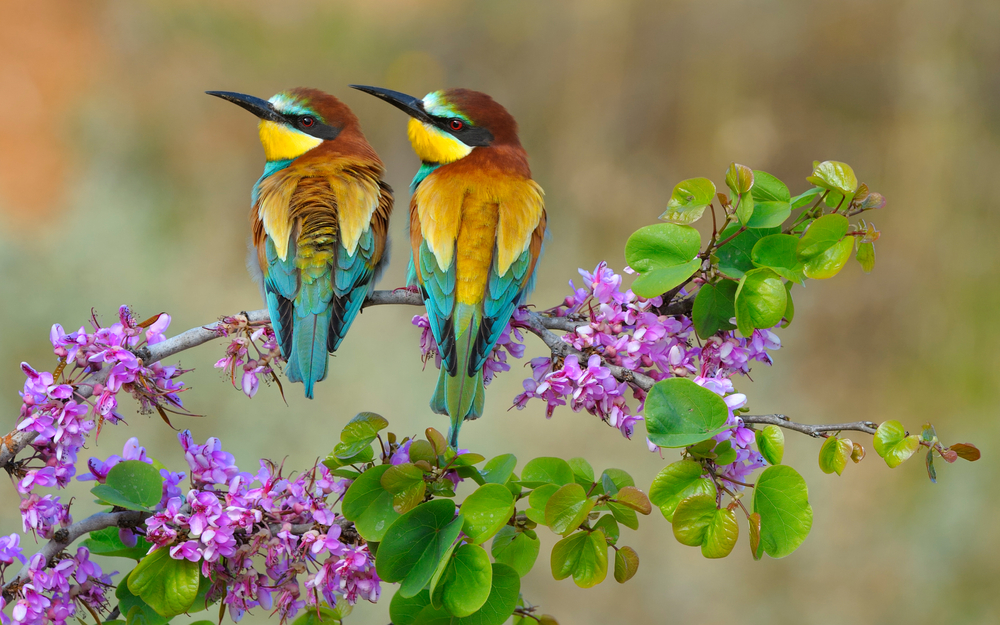
Bee-eaters uses their wings to nest high and excavate chambers in order to out of reach from predators. There is a lot of competition for getting the best spots; usually, bee-eaters stake out their favorite places and keep trespassers at bay. It doesn’t always work, however, and a feather fight ensues. This beautiful community is made up of insect catchers as the name suggests.
Cassowary
The cassowary is species of bird that enjoys the company of its flock. They are large, flightless birds with long black feathers. The cassowary lives in rainforests in New Guinea and Australia and is hard to spot. They have powerful legs and can jump up to 7ft. They can also run as fast as 31 miles per hour. If provoked they can do a lot of damage and are considered one of the most dangerous birds, it can kick with enough power to kill an adult human!
Conclusion
Birds are amazing creatures, with many different behaviors and abilities. They make their homes in the most extreme locations and use ingenious strategies to survive. From the white storks who build impressive nests to the bee-eaters that fight for their favorite spots, every species has an interesting story to tell. Even if it may seem dangerous, the cassowary still plays an important role in the rainforest ecosystem. Birds are important elements of our planet and deserve our respect and admiration for their amazing diversity. We should always remember how special they are and protect them from harm. With proper conservation, we can ensure these wonderful creatures remain for generations to come!
For more resources you can also check out : https://www.audubon.org/